This sustainable, non-toxic food wrap is something you can feel good about having in your home. Not only is plastic wrap wasteful, it is also not good for our environment. Using plastic wrap, and plastic products in general, are not conducive to health and wellness because of their carcinogenic and endocrine disrupting nature. Utilizing pieces of fabric infused with natural beeswax as an alternative is something I can definitely be on board with!
These food wraps are perfect to use in place of plastic wrap or plastic baggies. They are easily folded around foods, snacks, leftovers, or taking a dish to go. Keep in mind these wraps are not necessarily 100% airtight. However, the heat from your hands pressed around the edges of the food storage containers can create a decent seal.
I used pine resin and jojoba oil for my food wraps to make them more supple as well as increasing their cling. These ingredients are optional. If you choose to use pine resin, take care to just use a little bit. Also, if it spills, it can be a bit of a pain to clean up. Ask me how I know ;)
While this project is perfect for a rainy or cold winter day, I realize “do it yourself” projects are not appealing to everyone. In that case, there are lovely non-toxic, sustainable options to purchase online. I found these and these to be great alternatives.
Supplies
pinking shears or scissors
organic cotton fabric
iron
beeswax, pellets or grated*
pine resin (optional)
jojoba oil (optional)
clean old paint or pastry brush
Method
Wash and dry the fabric you’ve chosen. Iron, if needed.
Cut the fabric into your desired sizes. I like using 12x12 for snacks and to cover many dishes that I have in my kitchen. Consider what bowls and vessels you want to cover with the food wrap and place them face-down on the fabric. Trace them, allowing for 1-2 inches of overlap. Using pinking sheers to cut helps the fabric to not unravel or fray in the future.
Preheat the oven to 300 degrees.
Cover a baking sheet in parchment paper.
Lay the fabric piece on top of the parchment-lined baking sheet. Sprinkle beeswax evenly over the surface. Take a few pinches of pine resin and sprinkle over the fabric. Drizzle a little bit of jojoba oil onto the fabric.
Put the baking sheet into the oven until the beeswax is melted and the fabric looks wet.
Using the paint brush, evenly distribute the beeswax, resin, and jojoba oil over the surface of the fabric. Place it in the oven for another minute or two, if needed. The fabric can become over saturated, so take care to start with less and add more, if needed.
Once the beeswax, resin, and jojoba oil have evenly coated the fabric, lift it off the parchment paper and allow it to cool. This happens fairly quickly, I just hold the tip and suspend it in the air for a minute. You could also try a cooling rack or another piece of parchment paper.
Lay the next piece of fabric onto the parchment-lined baking sheet and repeat the process.
Store the beeswax wraps rolled up until ready to use.
*I ran across this beeswax rosin bar, which apparently has the correct ratios in ingredients for homemade beeswax. In this case, it would need to be melted and brushed onto the fabric in a similar fashion. Baking in the oven would still be an important step to ensure even distribution of the wax.
*this post may contain affiliate links, thank you for supporting our efforts!





